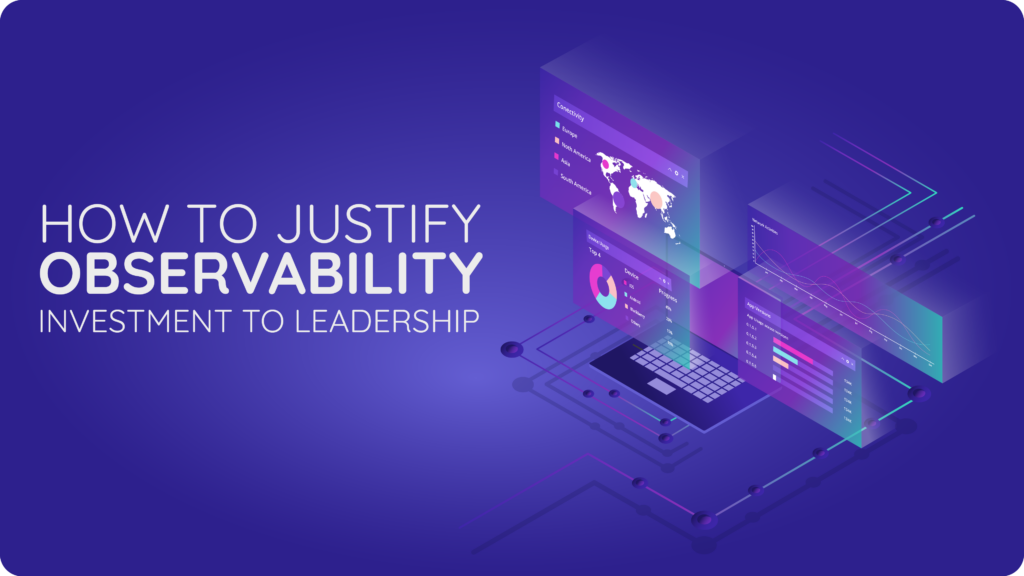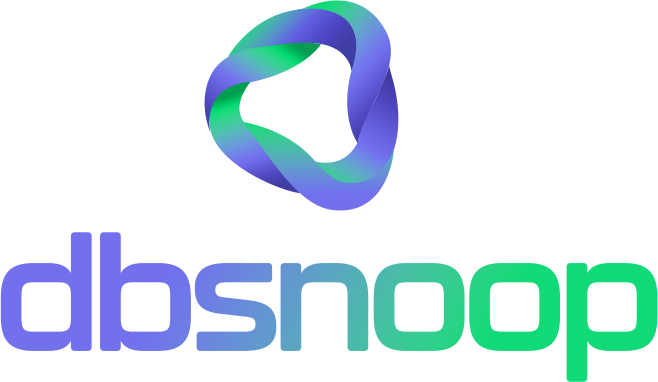

Convincing leadership to invest in observability can feel like an uphill battle. After all, how do you justify the cost of something that, to many executives, doesn’t appear to deliver direct customer value?
The answer lies in shifting the narrative: it’s not about monitoring, it’s about intelligence that protects the business. Especially when it comes to databases—the most critical point of modern operations—a smart investment can prevent catastrophic failures, reduce resource waste, and ensure operational continuity.
More than collecting metrics or building dashboards, what leadership needs to see is real impact: reduced downtime, faster decisions, scalability savings, and predictability. In this article, you’ll learn how to position observability investment the right way and earn internal buy-in.
Traditional Observability Doesn’t Cut It Anymore
Many executives still associate observability with nice-looking dashboards and real-time alerts. That’s not enough to secure budget. The good news is: the new generation of tools goes far beyond that.
Modern platforms like dbsnOOp don’t just monitor database behavior. They analyze, detect bottlenecks automatically, recommend actions, and deliver ready-to-execute commands. AI transforms data into practical actions with measurable impact on performance and cost.
So the argument is no longer “we need visibility.” It becomes: “let’s act before the problem occurs.”
This mindset shift should guide your leadership pitch. Show how modern observability is proactive, predictive, and AI-powered—and the perception of value changes. From a support tool, it becomes a driver of efficiency and competitiveness.

What Your Leadership Wants to Hear
To gain support, focus on the KPIs the C-suite cares about. Avoid technical jargon and translate AI-powered observability into tangible outcomes:
- Reduced downtime: Every hour of system downtime is expensive. Showing how dbsnOOp anticipates failures and minimizes interruptions is compelling.
- Infrastructure savings: By identifying inefficient CPU usage, poorly managed connections, or slow queries, the platform avoids unnecessary scaling.
- Faster delivery: With predictive analysis and ready-to-use commands, technical teams resolve issues in minutes, not hours or days.
- Better predictability: Teams can make informed decisions with intelligent alerts and reliable data—not last-minute guesswork.
Leadership also values budget predictability. Automated, AI-driven observability helps plan maintenance, anticipate spikes, and avoid emergency cloud costs or overtime. This shifts IT from a cost center to a strategic asset.
AI, Automation, and Performance: The New ROI Trinity
Observability pays off only when it goes beyond visibility. What drives ROI is the ability to act on the data—and this is where dbsnOOp excels.
The platform uses AI to correlate events, predict bottlenecks, and recommend solutions. This means teams no longer waste time reproducing failures in staging or parsing complex logs. Instead, they get root causes and suggested fixes instantly.
Database performance gains ripple across operations: faster systems, fewer support tickets, less cross-team friction, and a better end-user experience.
Another key point is reduced rework. Overloaded teams spend hours firefighting avoidable issues. With AI, you can prevent recurring failures, eliminate guesswork, and build a continuous improvement cycle grounded in real production data.
How to Talk to the CFO
The CFO often has final say on the budget—and they want numbers. So bring arguments like:
- Opportunity cost: How much does a slow query in production cost over six months?
- Scaling comparison: What does scaling CPU and storage in the cloud cost vs. optimizing current usage with intelligence?
- Saved hours: What’s the value of recovering 30% of the technical team’s time from troubleshooting?
- Compliance and legal risk: In regulated sectors, operational failures can result in fines and lost trust.
Include benchmarks from other companies that adopted AI in the data layer and cut downtime by up to 80%. Concrete data changes minds and accelerates decisions.
The proposal must be clear: investing in intelligent observability prevents losses that don’t show up in spreadsheets—until it’s too late.

dbsnOOp: The Strongest Argument in the Room
When presenting dbsnOOp to leadership, highlight that it goes beyond monitoring. It delivers:
- AI-driven query and anomaly analysis
- Ready-to-run corrective commands that save team hours
- Automated suggestions for performance and optimization
- CI/CD integration to catch issues before deployment
These features turn a technical pitch into a business case. That’s what the board wants to hear.
Emphasize that dbsnOOp is built to handle the unique challenges of modern cloud-native databases, designed for teams that need to scale without sacrificing stability. It’s a strategic choice for safe, agile growth.
Observability as a Strategic Asset
Justifying observability investment is really about showing strategic vision. Instead of reacting to crises, your team will operate proactively, automatically, and efficiently.
With dbsnOOp, you move from passive monitoring to intelligent action. That means fewer crises, more time to innovate, and greater competitiveness.
Leadership wants predictability, risk control, and clear ROI. With an AI-powered platform, those results are not just possible—they’re measurable and scalable.
Want to show this to your board with clarity and data? Book a call with our team and see the platform in action.
Schedule a demo here.
Learn more about dbsnOOp!
Learn about database monitoring with advanced tools here.
Visit our YouTube channel to learn about the platform and watch tutorials.


